Biodiversity is declining rapidly on both global and local levels. A 2019 United Nations Report on biodiversity and ecosystem services indicated an alarming 1 million animal and plant species are currently threatened with extinction, some within decades. The World Wildlife Fund recently reported that global wildlife populations have dropped by more than half since 1970. The UN Report cited five main reasons for these declines, listed in descending order of impact: (1) changes in land and sea use; (2) direct exploitation of organisms; (3) climate change; (4) pollution and (5) invasive alien species.
Amid widespread global concern about biodiversity (and supporting evidence that puts habitat impacts as the #1 culprit), we are witnessing marked declines in wildlife populations in the Roaring Fork Watershed as well.
NW Colorado once supported the largest migratory deer herd in the Americas; 40,000 mule deer roaming across millions of acres. Human barriers including highways have fragmented the landscape and truncated the migrations. Habitat protection, restoration, and reconnection can revitalize the landscape with sweeping, unobstructed migrations once again.
Bighorn sheep once numbered in the millions in the West and now are counted in the low thousands. Locally, bighorn sheep numbers have plummeted from at least 500 individuals in local areas to 100 or fewer. Bighorn have recovered in places and concerted management practices can continue this trend for this iconic native species.
Winter counts of elk from Vail Pass to Glenwood Canyon in 2018 indicated a 50% drop in numbers compared to 2007 counts. Elk numbers from Vail Pass to the Aspen area are declining as well.
So what can be done? In order to help land managers and conversation agencies make sound, well-informed decisions, they need the science to back it up. That’s why WBI is working with the Colorado Natural Heritage Program (CNHP) to undertake a multi-year Study that will produce publicly available maps and data layers indicating 1) where high priority habitat currently exists; 2) areas where habitat would benefit from restoration; and 3) areas where connectivity issues exist between critical blocks of habitat.
These three species are excellent indicators of a functioning landscape and very good surrogates for a coarse-filter approach towards conservation. Vitality under these umbrella species and their habitats will protect and restore vitality for thousands of additional native animal and plant species. In addition to services related to ecosystem function and food production, an appreciation for iconic wildlife species is held by the majority of residents and visitors of the Roaring Fork Watershed. We have an ethical obligation to be stewards of this special place, and be guided by the best-available science.





